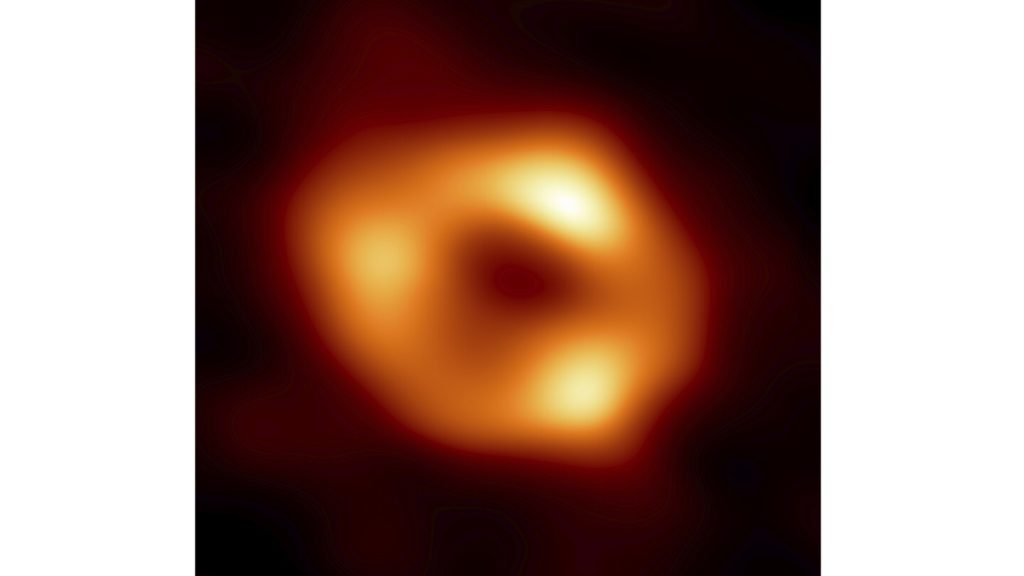The heart of our Milky Way galaxy, like most large galaxies, harbors a supermassive black hole. This colossal entity, known as Sagittarius A, boasts a mass roughly 4 million times that of our sun. While typically dormant, it occasionally stirs to consume stray gas or dust that ventures too close. Scientists have long known that stars can form and even orbit these gravitational behemoths, but the recent discovery of a binary star system thriving in such close proximity to Sagittarius A is unprecedented and presents a unique opportunity for astronomical study.
Published in the journal Nature Communications, the research details the observation of two stars locked in a mutual orbit remarkably close to the supermassive black hole. This finding challenges previous understandings of stellar dynamics in such extreme environments. The existence of this binary system raises intriguing questions about its formation, stability, and ultimate fate. Astrophysicist Anna Ciurlo of the University of California, Los Angeles, while not directly involved in the research, acknowledges the significance of the discovery and emphasizes the need for further investigation to confirm the nature of these objects and answer the lingering questions surrounding their existence.
The estimated age of the twin stars is approximately 2.7 million years, making them relatively young in cosmic terms. Their survival in the intense gravitational field of Sagittarius A* hinges on a delicate balance. The stars orbit each other at a precise distance that prevents them from being torn apart by the black hole’s immense pull, while also avoiding a collision that would merge them into a single, larger star. This delicate balance highlights the extraordinary conditions required for binary systems to persist in such extreme environments.
Despite their current stability, the future of this stellar duo remains uncertain. The lead author of the study, Florian Peissker from the University of Cologne, acknowledges the possibility of an eventual merger, although the timeline for such an event remains unknown. The observation of this system at this particular juncture presents a unique snapshot in its lifecycle, offering a valuable glimpse into the complex interplay of gravitational forces at play near a supermassive black hole.
This discovery underscores the dynamic and often unpredictable nature of the cosmos. The delicate balance maintaining the binary system’s existence highlights the intricate dance between gravitational forces and stellar evolution. The ability to observe this phenomenon provides a rare opportunity to refine our understanding of these complex processes. Further research will undoubtedly shed more light on the origins, evolution, and ultimate fate of this extraordinary binary system.
The observation of this binary system in the vicinity of Sagittarius A* offers unprecedented insights into the dynamics of stars in extreme environments. It also underscores the importance of continued observation and research to unravel the intricate workings of the universe. This discovery challenges conventional understanding and paves the way for new avenues of exploration in astrophysics. The delicate balance observed in this binary system highlights the complex interplay of gravitational forces and provides a valuable window into the processes governing stellar evolution in the extreme environments surrounding supermassive black holes.

